Home>Furniture & Design>Living Room Furniture>How Thick Should A Dining Table Top Be
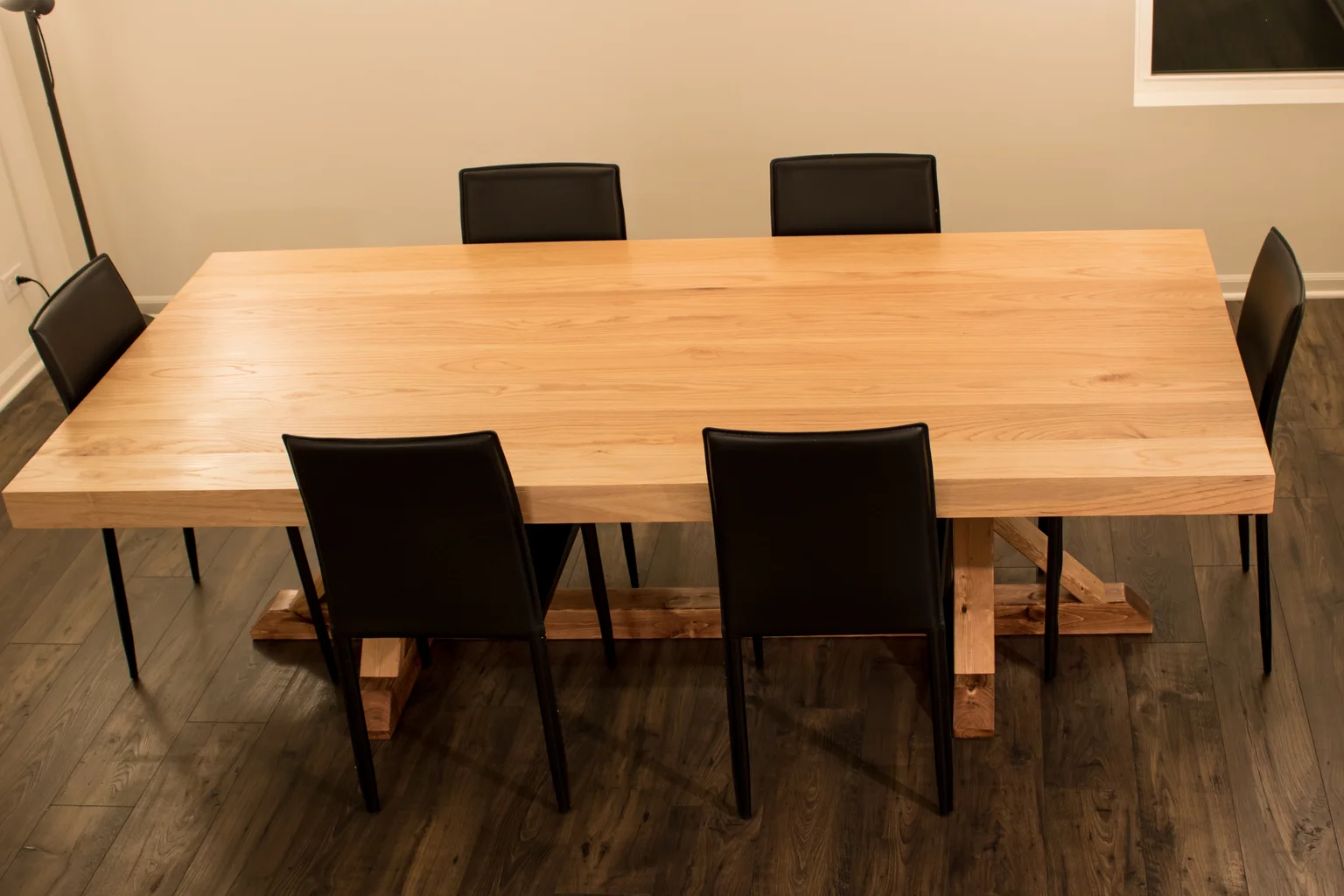

Living Room Furniture
How Thick Should A Dining Table Top Be
Modified: February 17, 2024
Discover the ideal thickness for a dining table top to enhance your living room furniture and design. Explore expert tips and recommendations for a perfect fit.
(Many of the links in this article redirect to a specific reviewed product. Your purchase of these products through affiliate links helps to generate commission for Storables.com, at no extra cost. Learn more)
**
Introduction
**
When it comes to selecting the perfect dining table, there are numerous factors to consider. One crucial aspect that often gets overlooked is the thickness of the table top. The thickness of a dining table top can significantly impact both its aesthetic appeal and structural integrity. In this article, we will explore the factors to consider when determining the ideal thickness for a dining table top, common thickness options available, and how to choose the right thickness for your specific needs and preferences. Whether you are in the process of purchasing a new dining table or considering a custom-made design, understanding the importance of table top thickness is essential for making an informed decision. Let's delve into this often underestimated aspect of dining table design and explore how it can enhance your dining space.
**
Key Takeaways:
- Choose a dining table top thickness based on how you’ll use it. Thicker tops are sturdier, while thinner ones create a sleek look. Consider the space and material for the perfect fit.
- The right dining table top thickness enhances both style and durability. Visualize the end result and seek professional advice to create a harmonious and inviting dining space.
Read more: How Thick Should A Dining Table Be?
Factors to Consider
**
When deciding on the thickness of a dining table top, several key factors should be taken into account to ensure that the chosen thickness aligns with your aesthetic and practical requirements. Here are the essential considerations:
Structural Integrity: The thickness of the table top directly influences its strength and durability. Thicker table tops are generally more robust and less prone to warping or damage over time. If your dining table will endure heavy daily use or if you have a large household, opting for a thicker table top can provide added resilience.
Aesthetic Appeal: The thickness of the table top contributes to the overall visual impact of the dining table. Thicker tops often exude a more substantial and luxurious feel, while thinner tops can create a sleek and modern look. Consider the existing decor and style of your dining area to ensure that the chosen thickness complements the overall aesthetic.
Table Size: The dimensions of the dining table play a crucial role in determining the ideal thickness. Larger tables typically require thicker tops to maintain proportional balance and structural stability. Conversely, smaller tables may benefit from thinner tops to create a more delicate and refined appearance.
Material Selection: Different materials, such as wood, glass, or metal, have varying structural requirements. For example, solid wood table tops often necessitate greater thickness for stability, while glass tops can maintain strength with a thinner profile. Consider the material of the table top when determining the appropriate thickness.
Practical Use: Assess how the dining table will be used in your daily life. If it will serve as a multi-functional space for various activities beyond dining, such as crafting or working, a thicker top may offer enhanced versatility and support for these activities.
Personal Preference: Ultimately, personal preference plays a significant role in the decision-making process. Some individuals may prefer the substantial feel of a thicker table top, while others may gravitate towards the streamlined appearance of a thinner top. Consider your own stylistic inclinations and how the table top thickness can align with your vision for the perfect dining space.
**
Common Thickness Options
**
When it comes to dining table tops, several common thickness options are widely available, each offering distinct visual and functional characteristics. Understanding these typical thickness choices can provide valuable insight into the range of possibilities for your dining table. Here are the most prevalent thickness options:
- 3/4 Inch: This thickness is a popular choice for standard dining tables. It strikes a balance between sturdiness and visual appeal, offering ample support while maintaining a sleek and modern appearance.
- 1 Inch: Slightly thicker than the standard 3/4-inch option, a 1-inch table top exudes a more substantial and robust feel. It is well-suited for larger tables and can impart a sense of enduring quality.
- 1.5 Inches: Tables with a 1.5-inch thickness exude a luxurious and substantial presence. This option is ideal for those seeking a grand and imposing aesthetic, particularly for statement dining tables.
- 2 Inches and Above: For those desiring a truly commanding and imposing table top, thicknesses of 2 inches or more deliver unparalleled strength and visual impact. These substantial tops are often favored for custom or artisanal dining tables, adding a sense of opulence and grandeur to the space.
These common thickness options cater to a variety of preferences, allowing individuals to select a thickness that aligns with their desired aesthetic, practical, and structural requirements.
**
A standard dining table top should be at least 1 inch thick to provide stability and durability. However, for larger tables or heavy use, a thickness of 1.5 to 2 inches is recommended for added strength.
Choosing the Right Thickness
**
With an array of thickness options available, selecting the right thickness for your dining table top involves a thoughtful assessment of your unique needs and preferences. Here are some guidelines to help you make an informed decision:
- Consider the Table’s Purpose: Evaluate how the dining table will be used in your home. If it will serve as the focal point for daily meals and gatherings, a balance of sturdiness and visual appeal may be paramount. Alternatively, if the table will primarily function as a decorative or occasional piece, you may have more flexibility in choosing a thickness based on aesthetic preference.
- Assess the Surrounding Space: Take into account the overall design and layout of the dining area. A thicker table top can anchor the space and create a sense of solidity, while a thinner top may contribute to a more open and airy ambiance. Consider how the chosen thickness will harmonize with the surrounding decor and furniture.
- Explore Material-Specific Considerations: Different materials have unique structural requirements. If you opt for a specific material, such as hardwood or glass, research the recommended thickness for that material to ensure optimal performance and longevity.
- Seek Professional Advice: If you are uncertain about the ideal thickness for your dining table, consult with experienced furniture professionals or artisans. They can offer valuable insights based on their expertise and experience, guiding you toward a thickness that aligns with your vision and practical needs.
- Visualize the End Result: Envision how the chosen thickness will contribute to the overall aesthetic and ambiance of your dining space. Visualizing the end result can help you determine whether a thinner or thicker table top is better suited to achieve your desired atmosphere and style.
By carefully considering these factors and seeking guidance when needed, you can confidently select a table top thickness that enhances the functionality and visual allure of your dining area, creating a harmonious and inviting space for memorable gatherings and everyday enjoyment.
**
Conclusion
**
Choosing the appropriate thickness for a dining table top is a pivotal aspect of creating a functional and visually captivating dining space. By weighing factors such as structural integrity, aesthetic appeal, table size, material considerations, practical use, and personal preferences, you can make an informed decision that aligns with your unique needs and style.
Whether you opt for a standard 3/4-inch thickness for a sleek and modern look, a substantial 1.5-inch thickness for a luxurious and commanding presence, or a custom thickness to suit your specific vision, the chosen table top thickness can significantly impact the overall ambiance and functionality of your dining area.
Ultimately, the right thickness will not only enhance the visual appeal of the dining table but also ensure its long-term durability and resilience. It will harmonize with the surrounding decor, complement the table’s purpose, and contribute to a welcoming and inviting atmosphere for meals and gatherings.
As you embark on the journey of selecting a dining table or commissioning a custom design, consider the significance of table top thickness as a fundamental element in shaping the character and allure of your dining space. By thoughtfully evaluating the available thickness options and aligning them with your preferences and practical requirements, you can curate a dining experience that is both aesthetically pleasing and structurally sound, setting the stage for countless cherished moments shared around the table.
Frequently Asked Questions about How Thick Should A Dining Table Top Be
Was this page helpful?
At Storables.com, we guarantee accurate and reliable information. Our content, validated by Expert Board Contributors, is crafted following stringent Editorial Policies. We're committed to providing you with well-researched, expert-backed insights for all your informational needs.
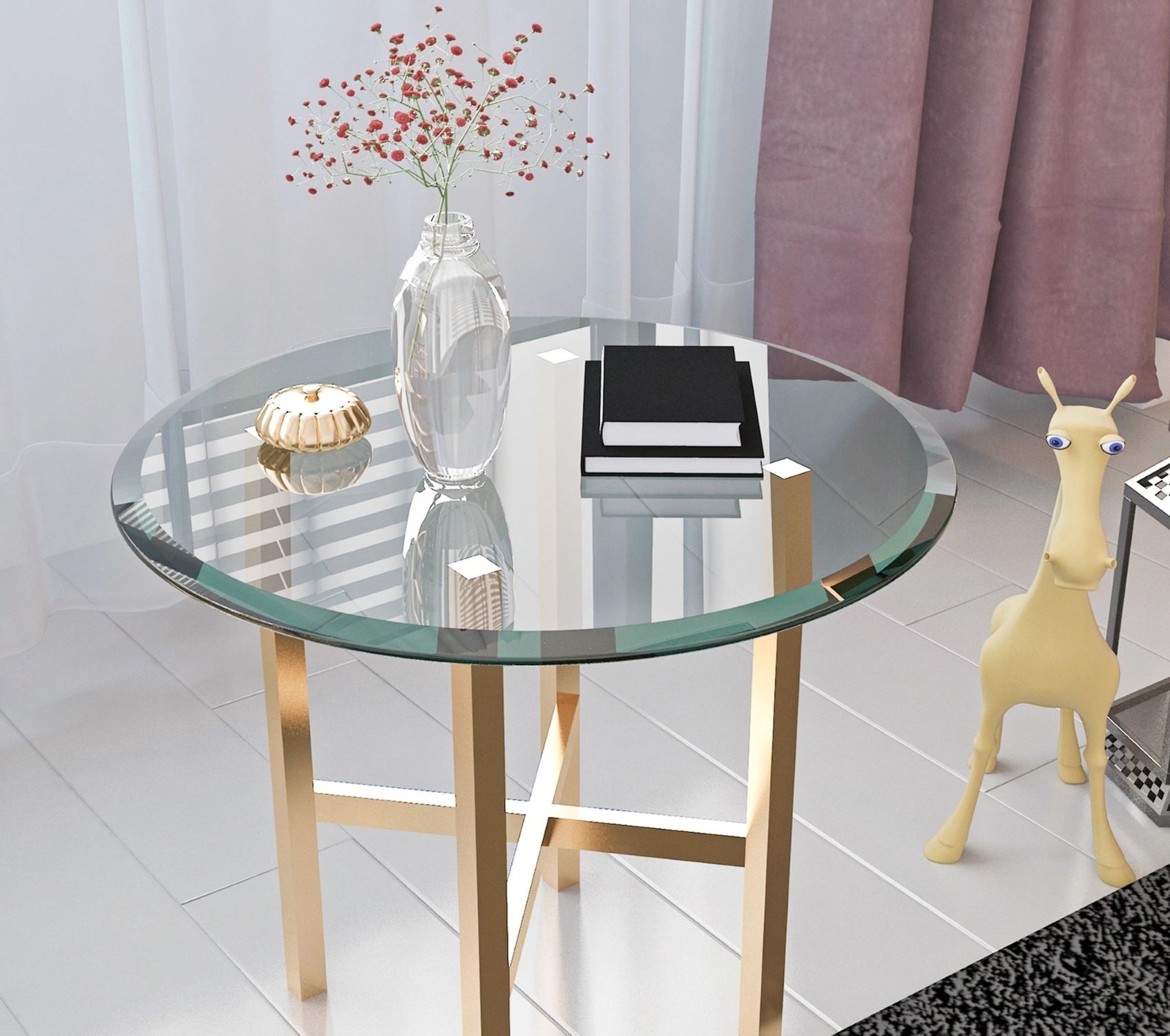
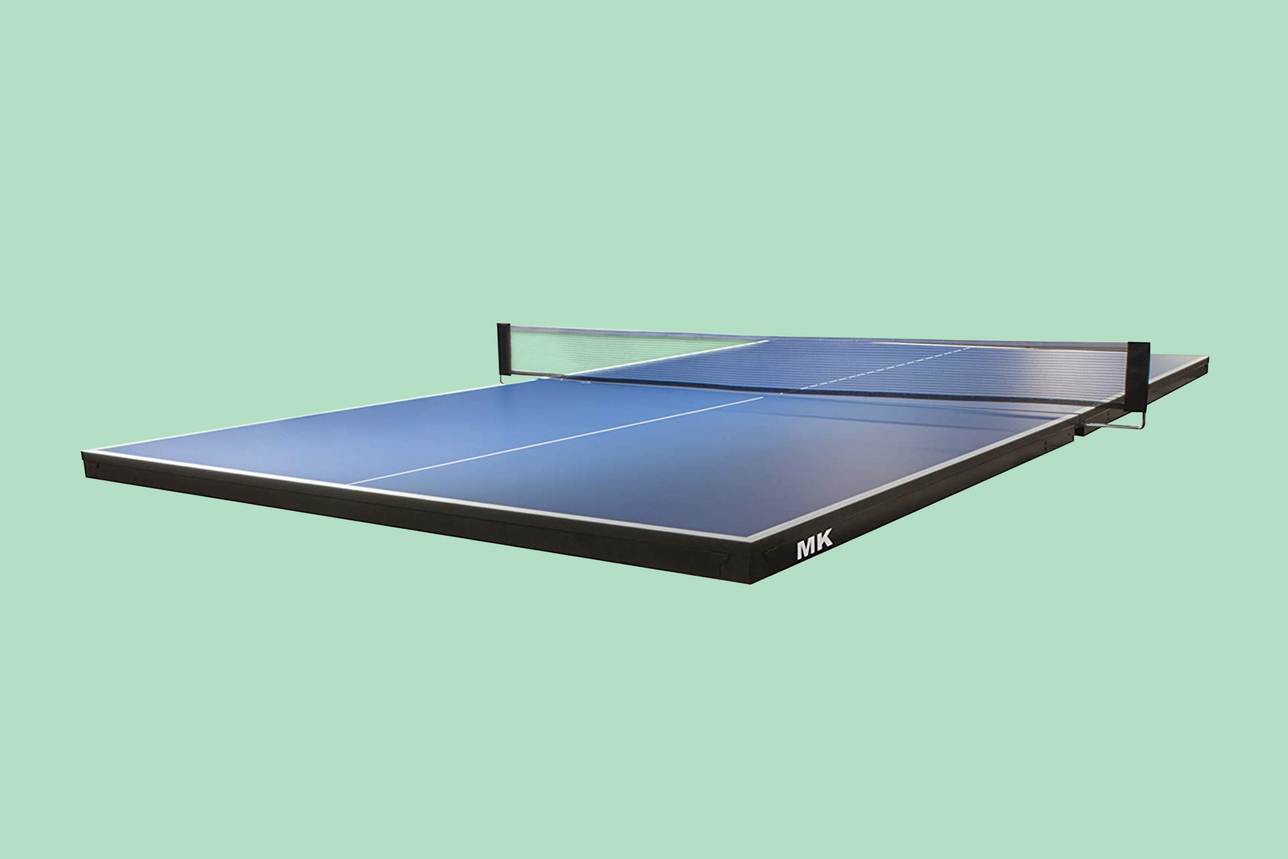
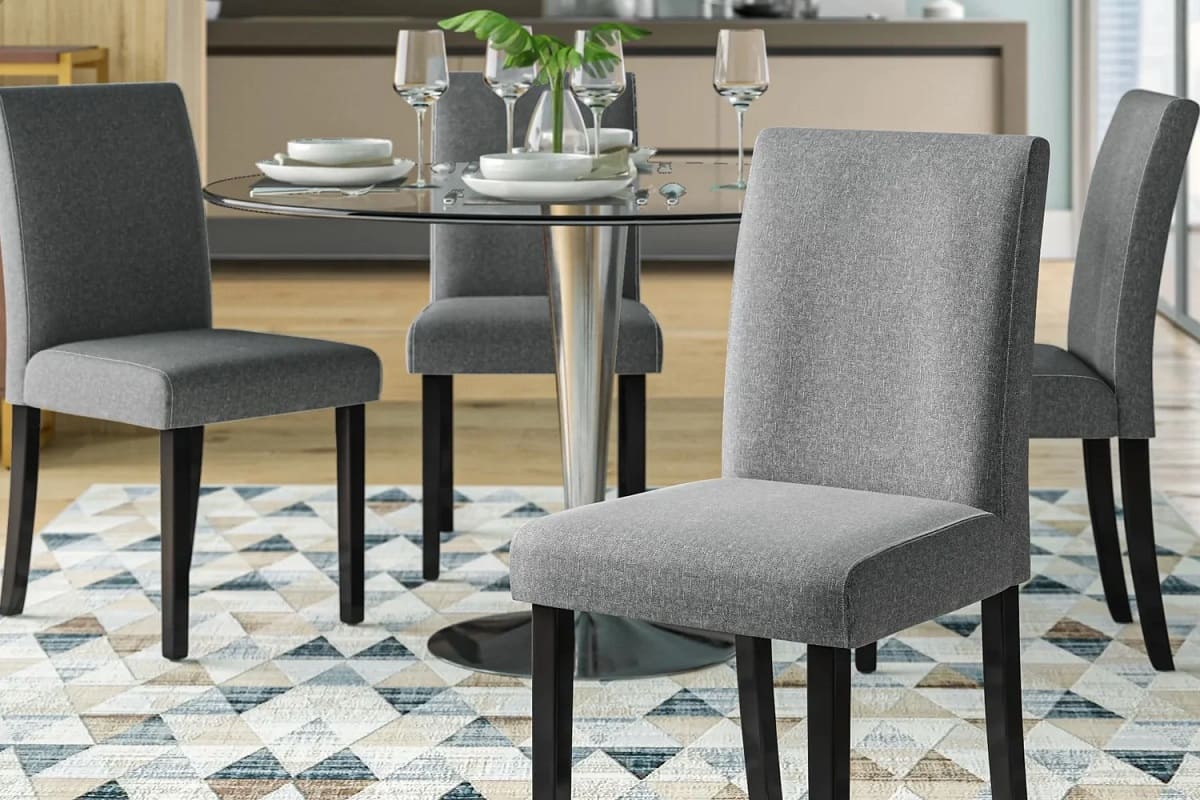
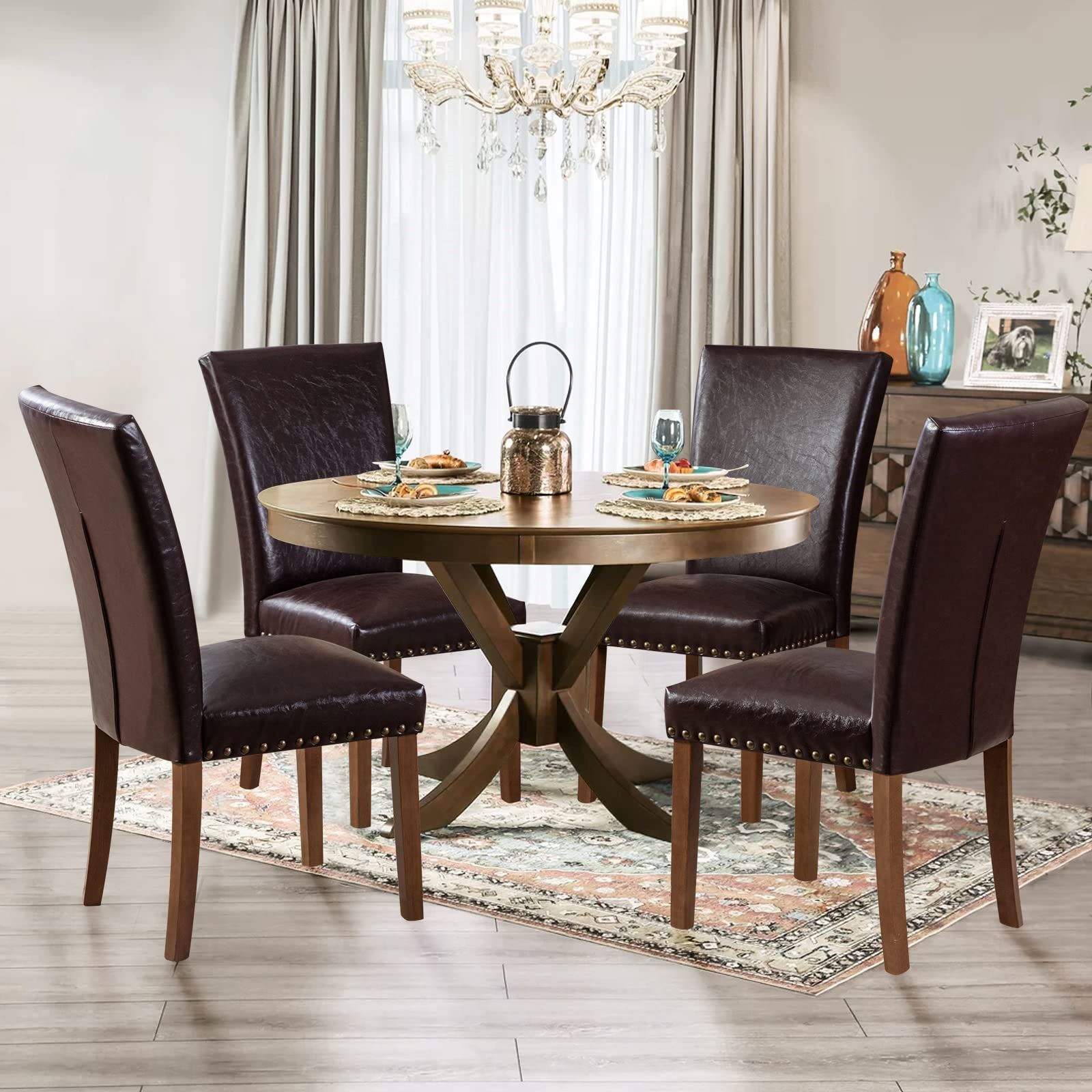
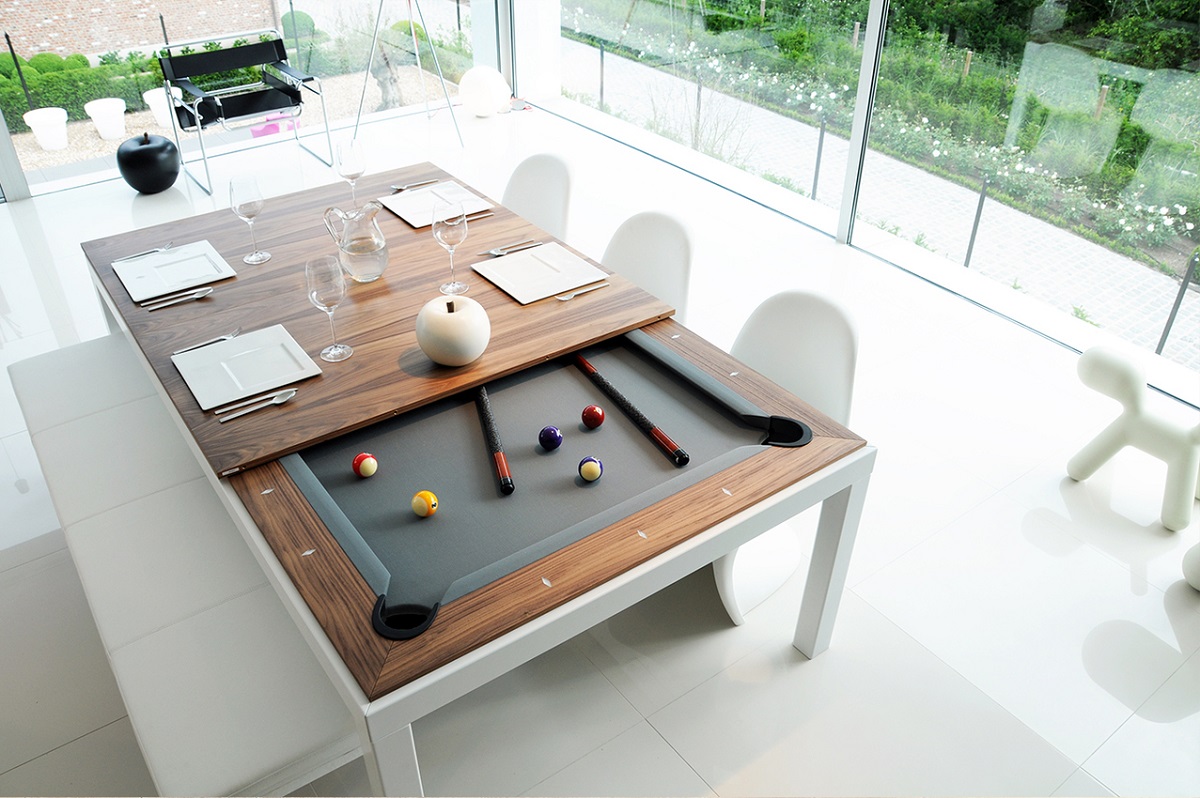
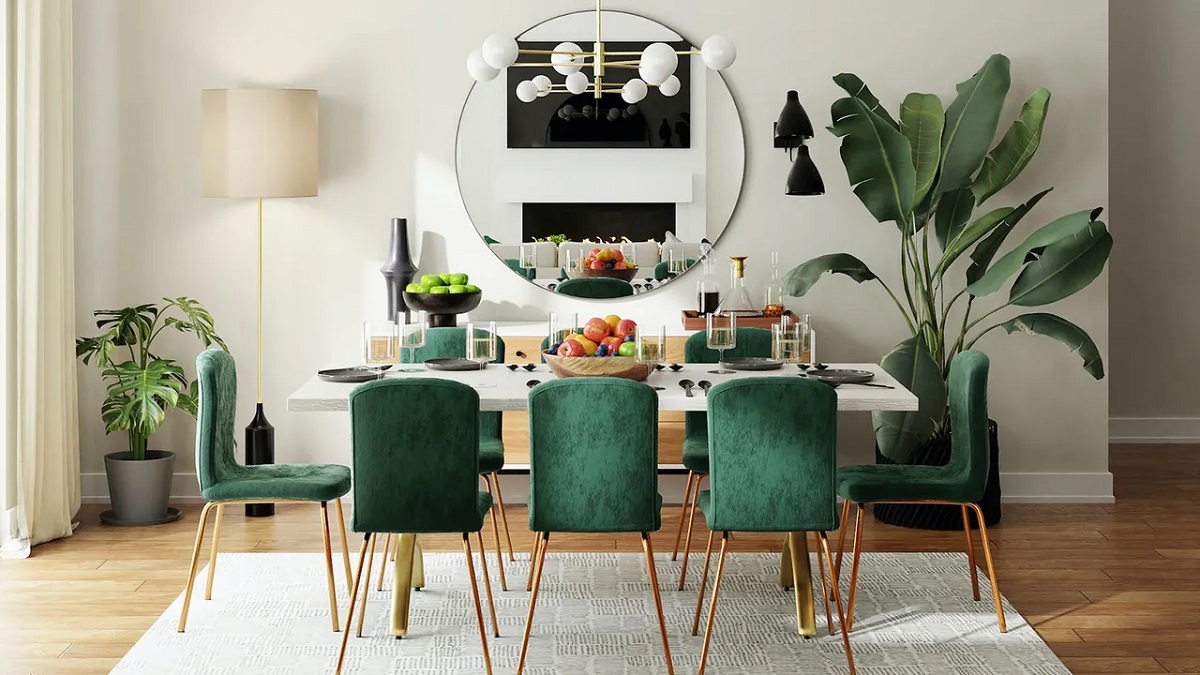
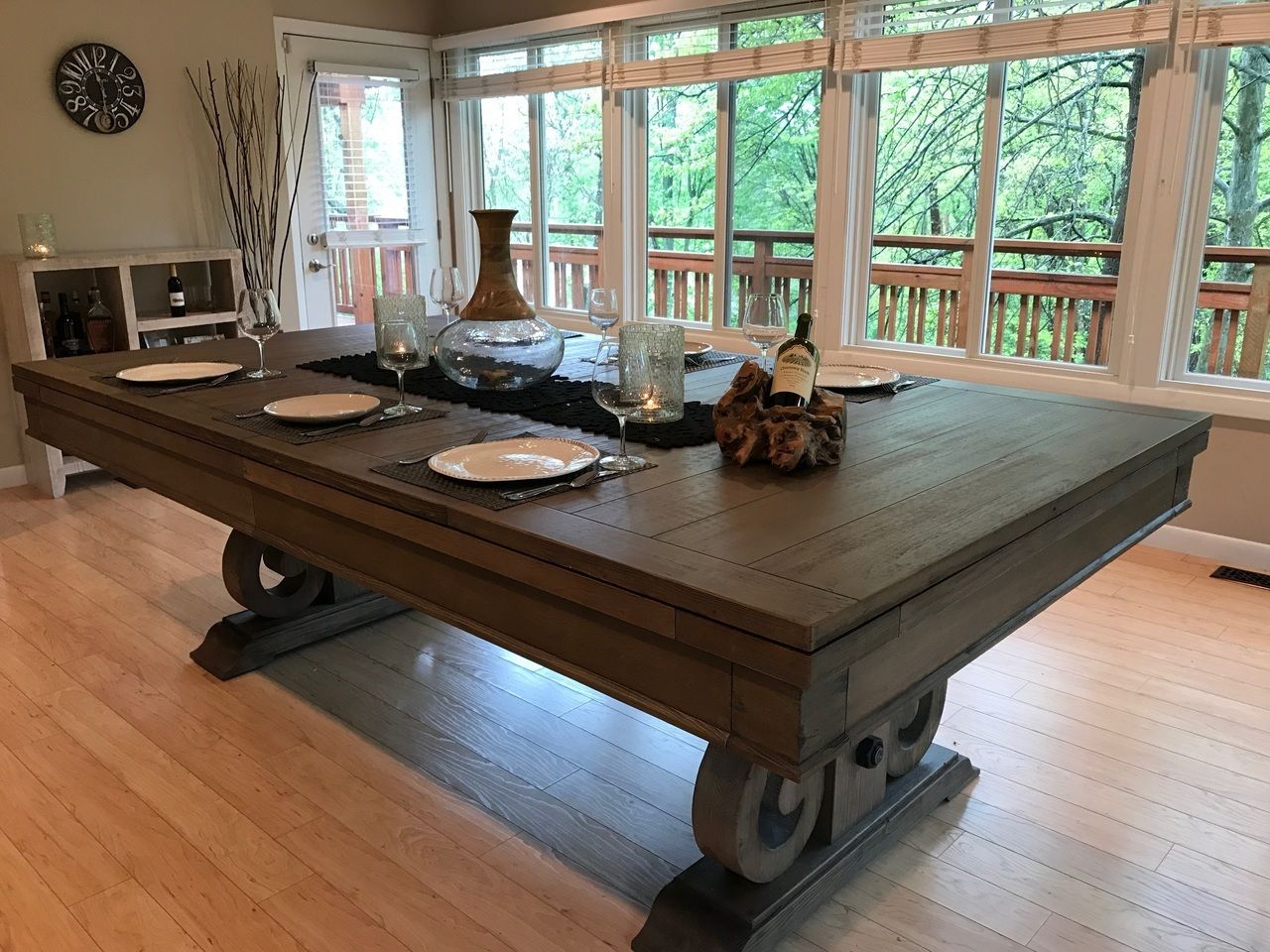
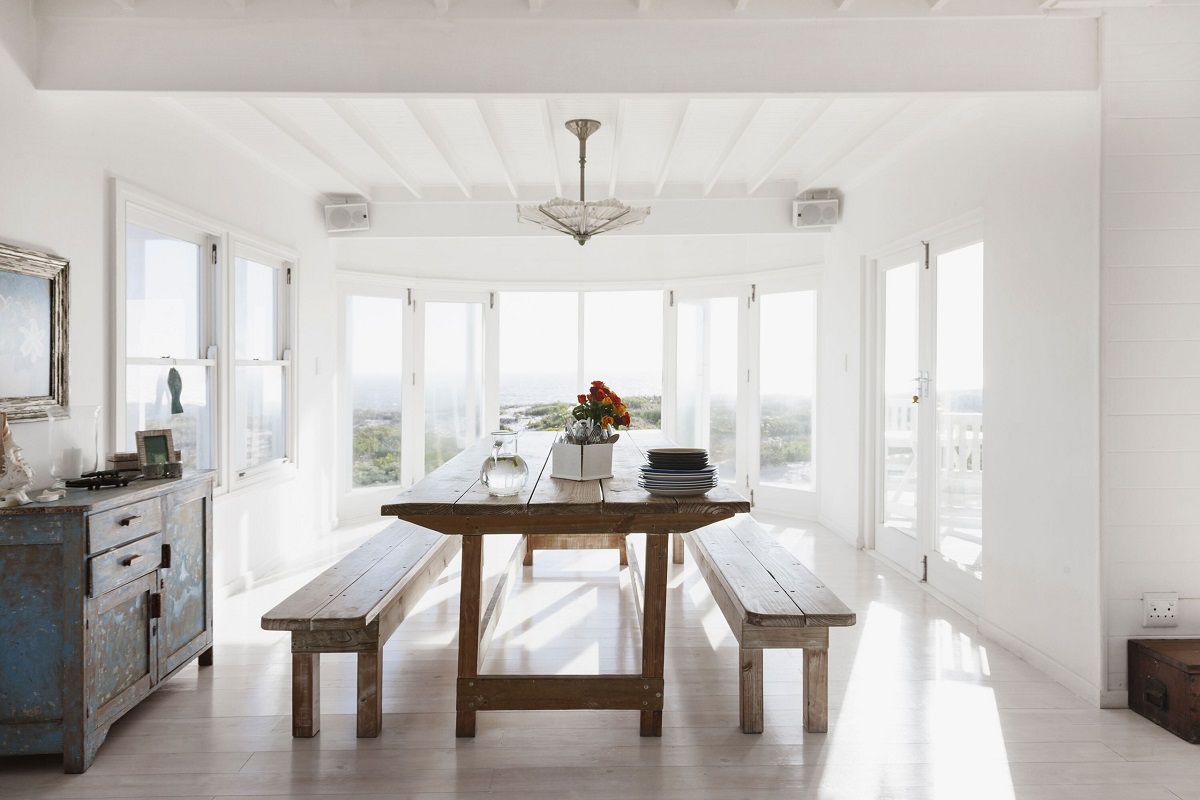
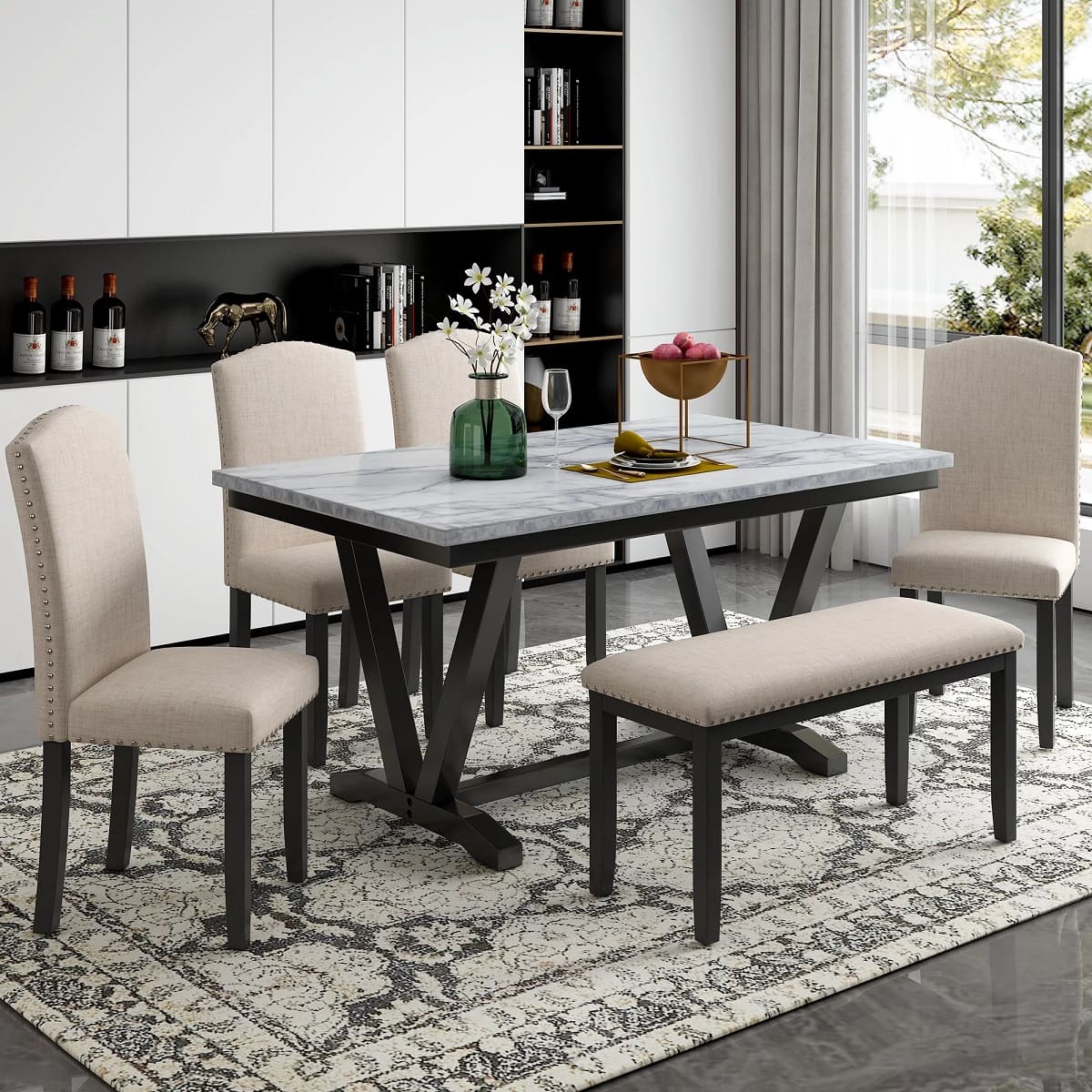
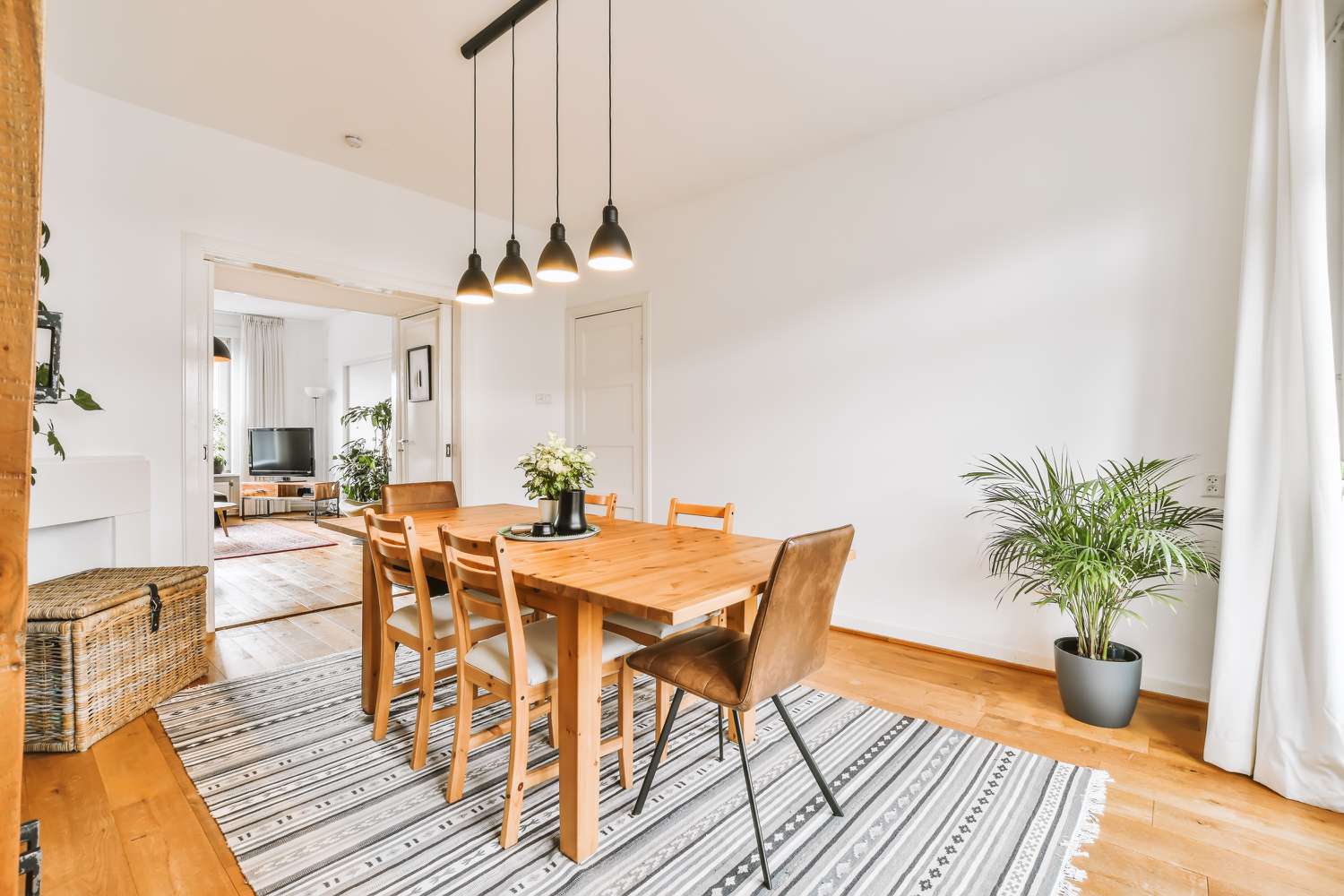
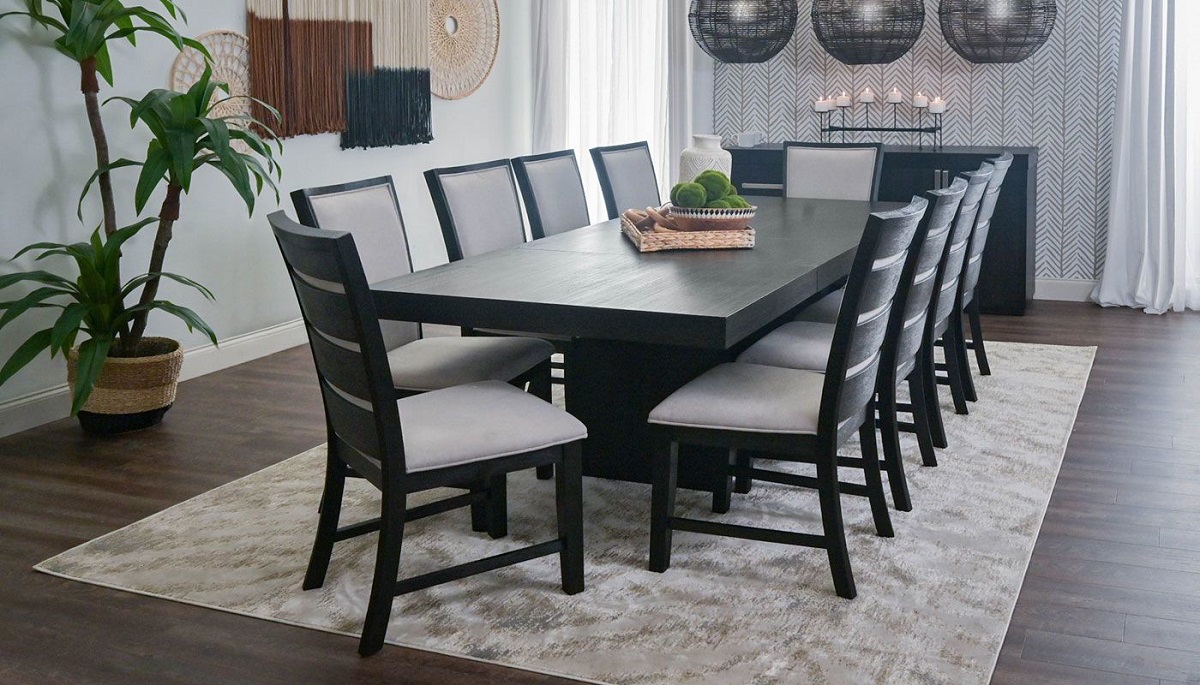
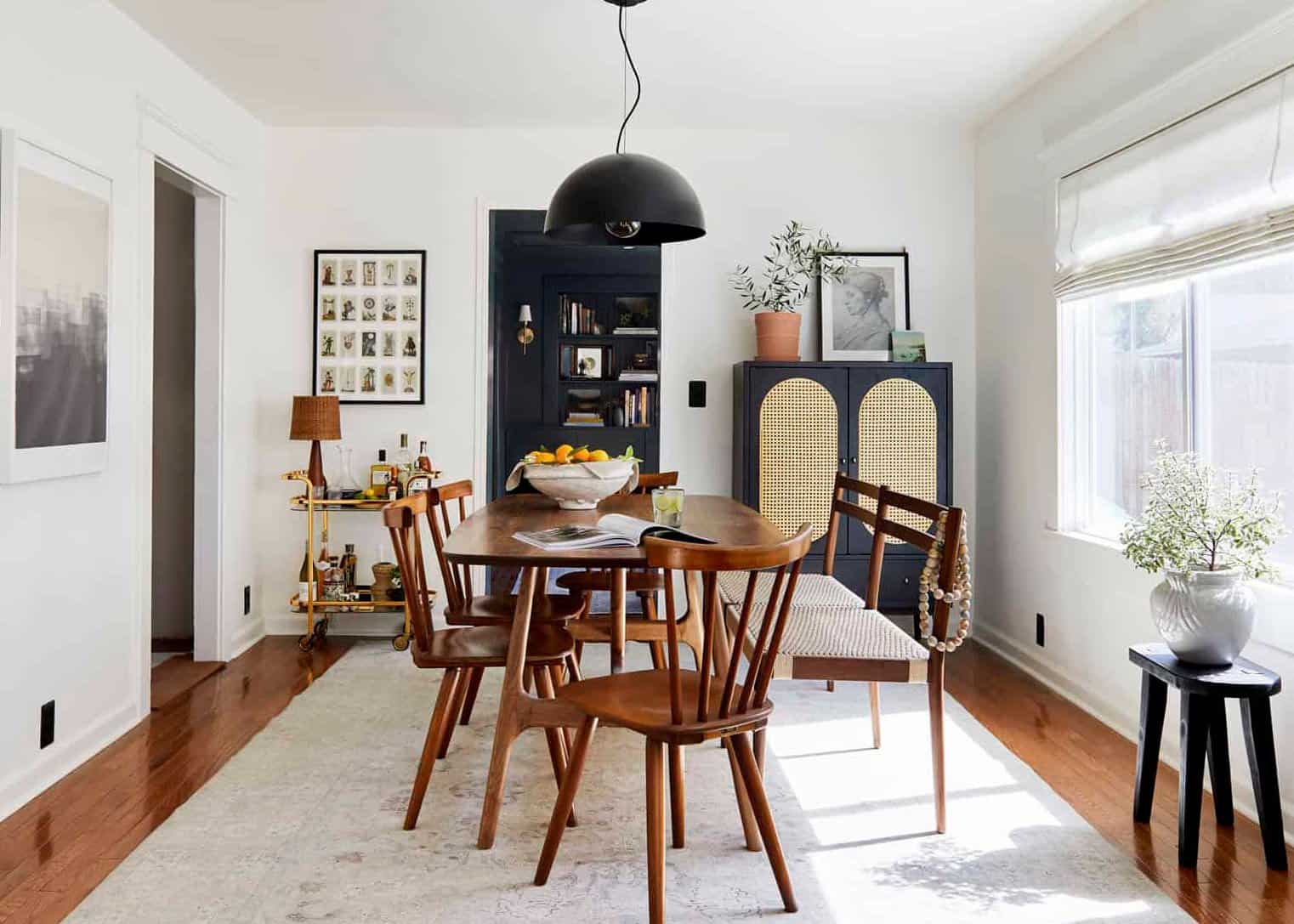
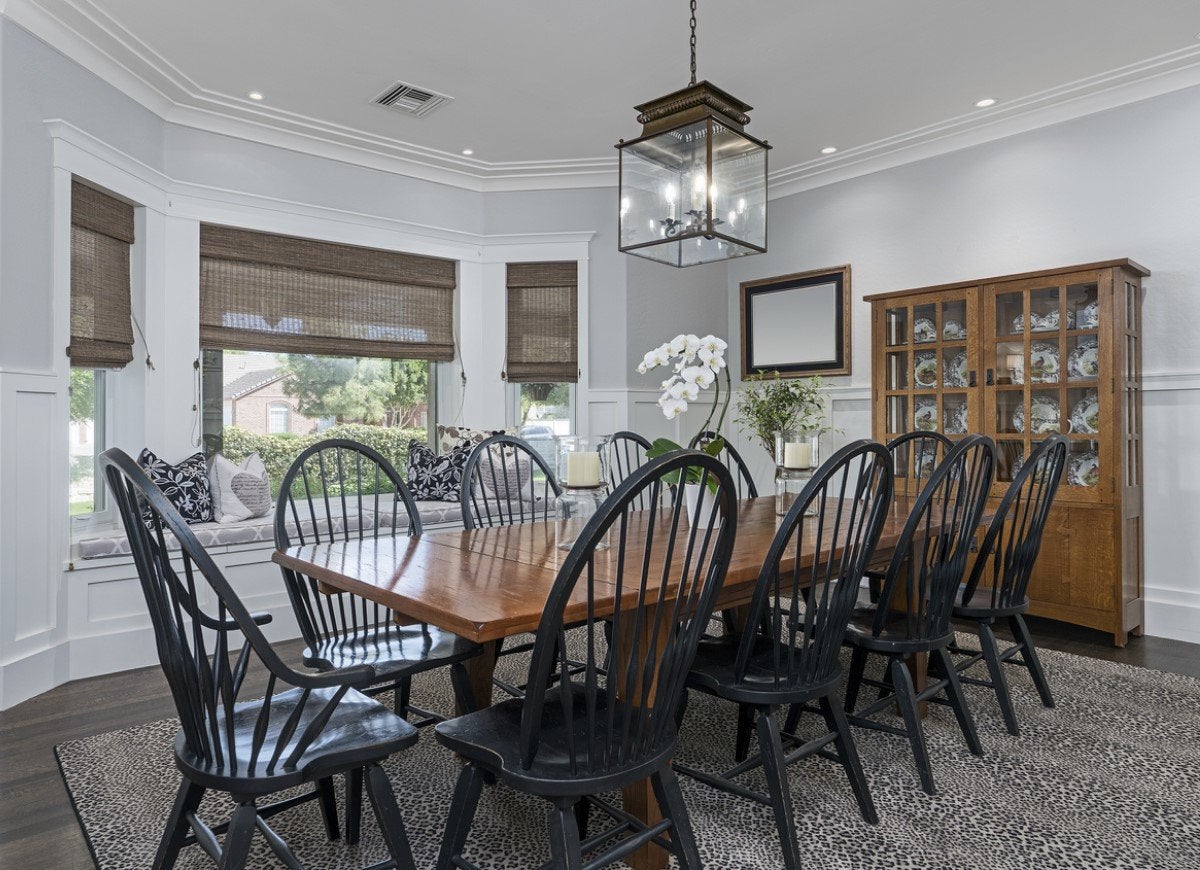
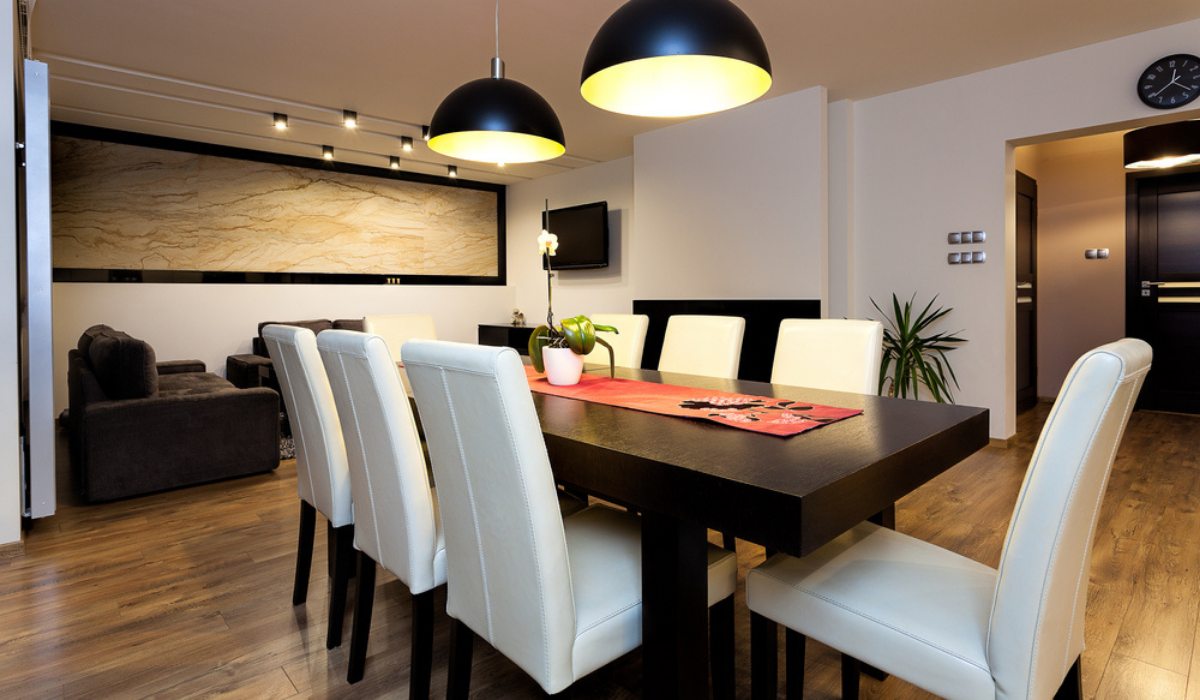
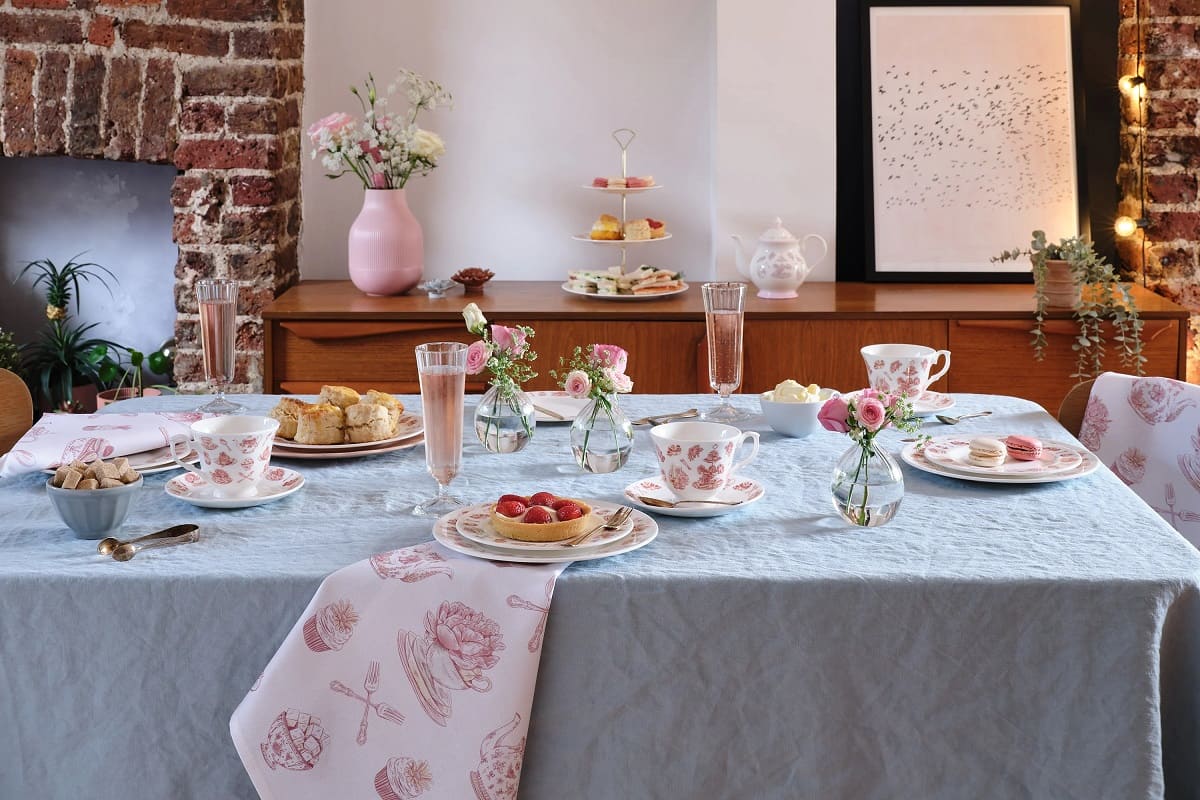

0 thoughts on “How Thick Should A Dining Table Top Be”